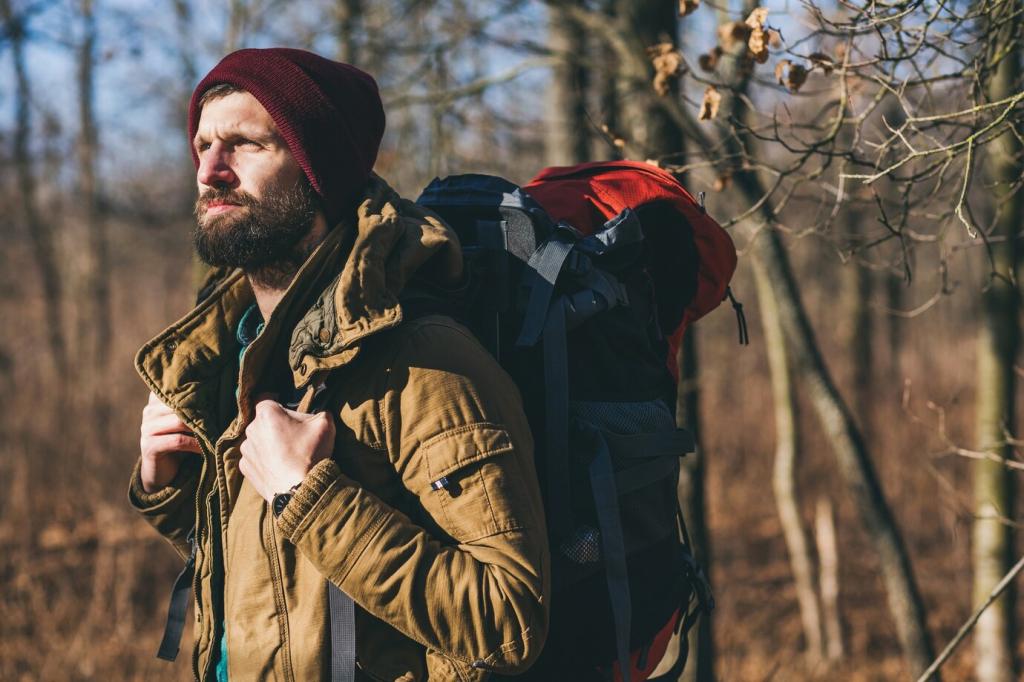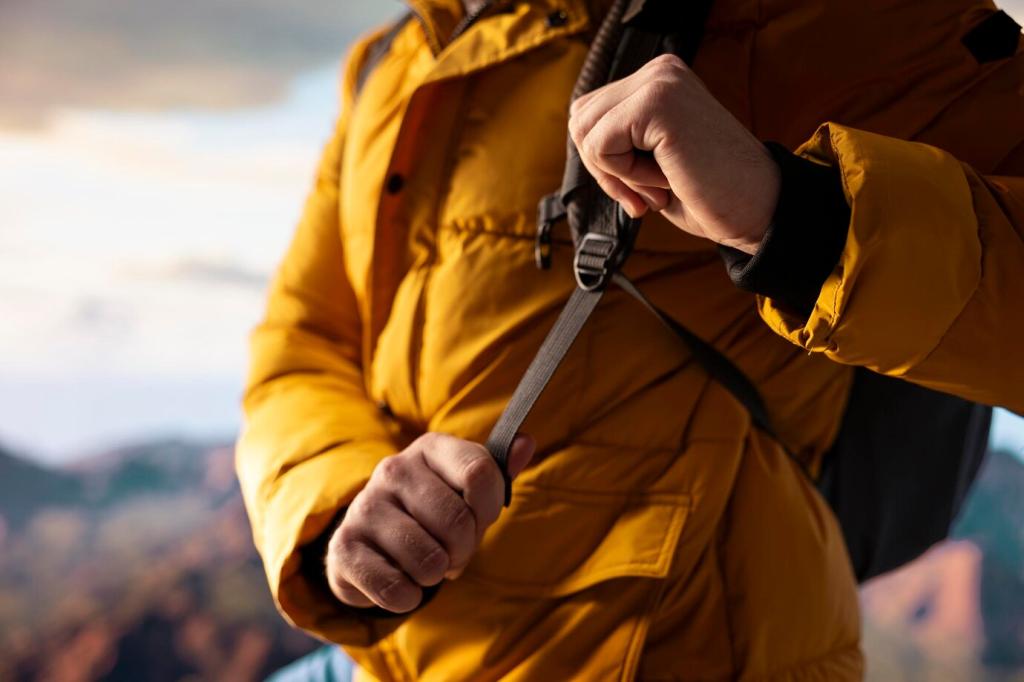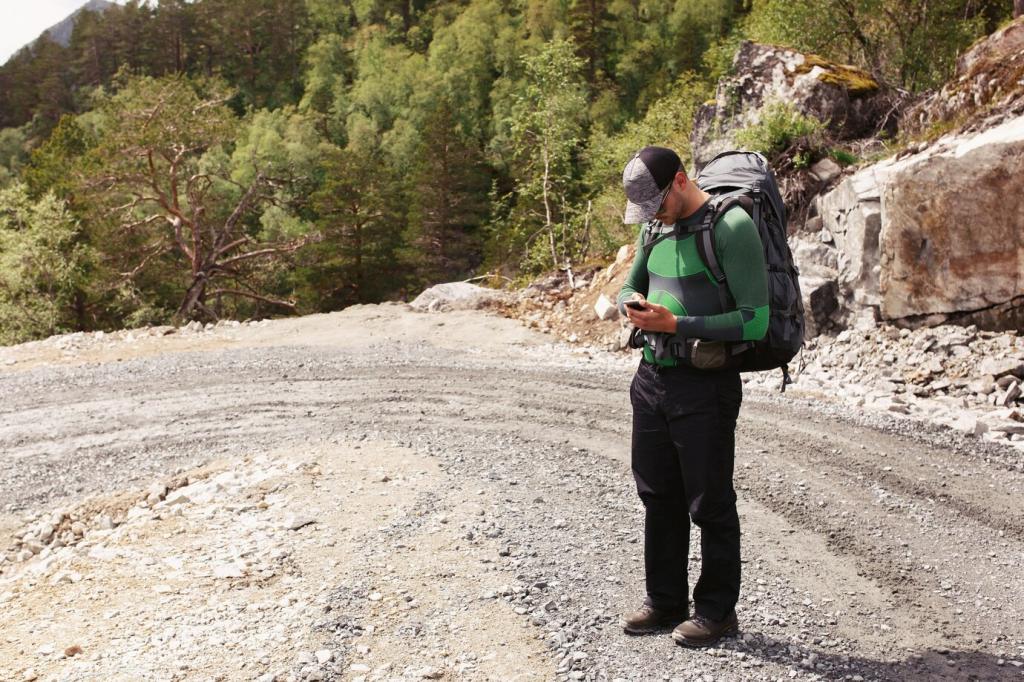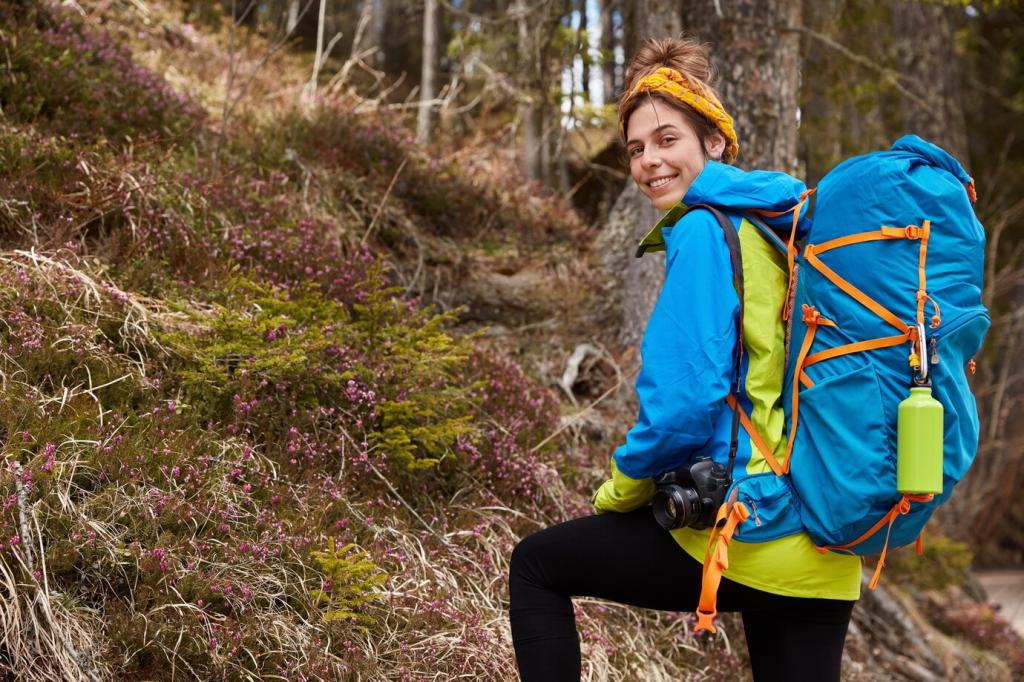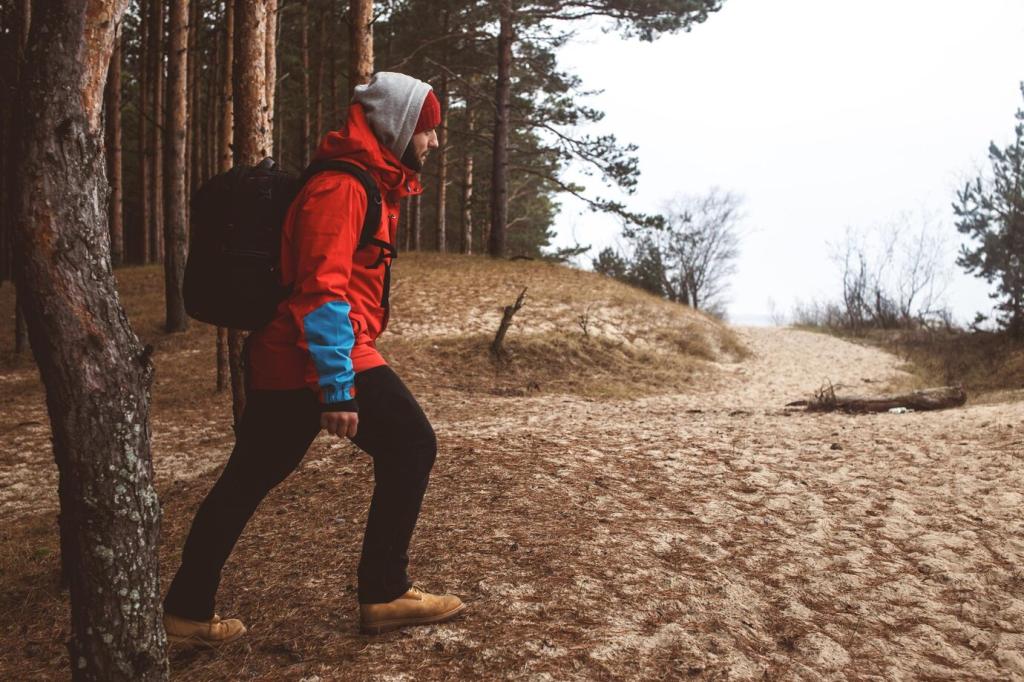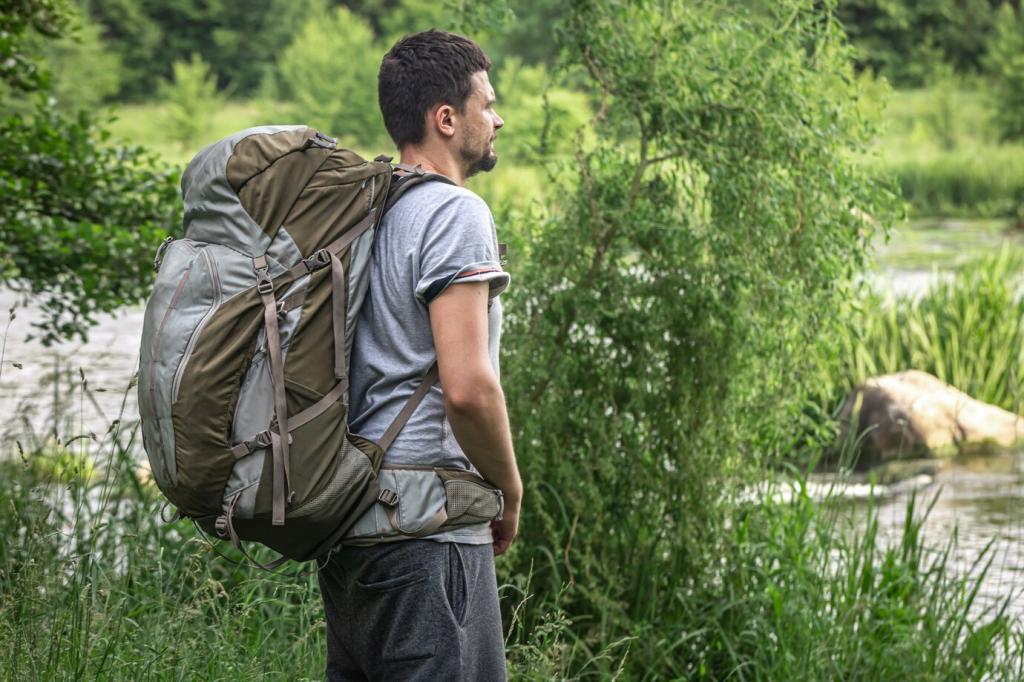Hydration and Nutrition Across the Seasons
Snowmelt can be silty and fast-moving. Pack a prefilter for sediment, then run water through a squeeze filter or pump. Chemical treatments need proper contact time in cold. Carry enough to bridge dry ridgelines. Share your favorite filter and how you keep it from freezing on chilly mornings.
Hydration and Nutrition Across the Seasons
An insulated bottle with ice, electrolyte mixes, and salt capsules can prevent bonking on furnace-like ascents. Soak a bandana for evaporative cooling and sip consistently rather than chugging. Stash an extra liter for exposed traverses. Tell us your electrolyte strategy and subscribe for our science-backed hydration guide.
Hydration and Nutrition Across the Seasons
A vacuum flask filled with tea, broth, or cocoa boosts morale and core warmth. Use an insulated hose sleeve or carry soft flasks upside down to prevent freezing. Choose dense snacks like cheese, nuts, and chocolate. Share your favorite warm trail drink recipe that brightens cold summit stops.
Hydration and Nutrition Across the Seasons
Lorem ipsum dolor sit amet, consectetur adipiscing elit. Ut elit tellus, luctus nec ullamcorper mattis, pulvinar dapibus leo.


